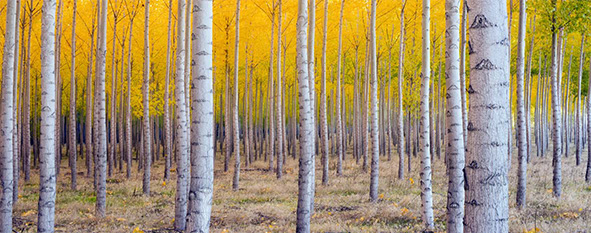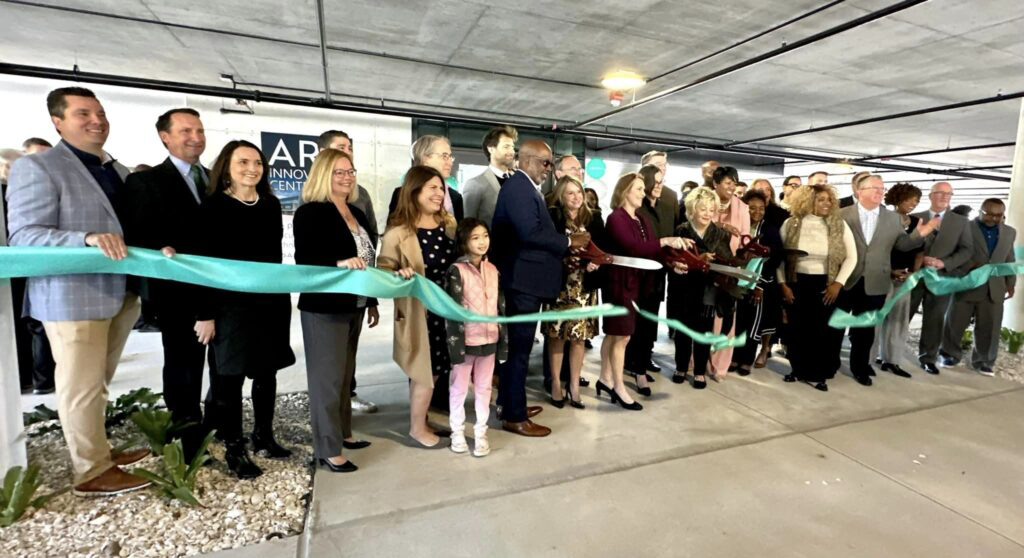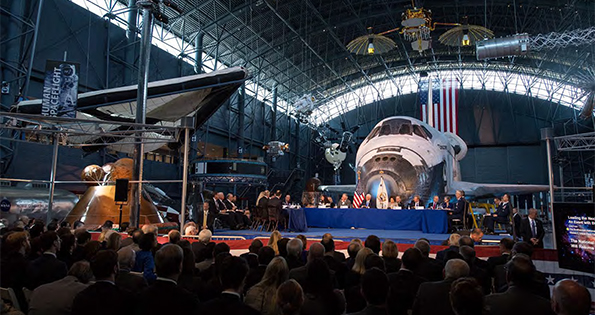
A Policy Perspective on the State of Wildland Fire
06 Jun, 2018
So what’s up at the national level when it comes to wildfire? We have some gnarly challenges ahead. Fire itself can be a gnarly challenge, meaning complex and difficult to deal with, and the challenges have gotten gnarlier in recent decades.
At the national level, we have changed our language to talk about the fire year instead of the fire season. Over the last few decades, the western fire season has grown at least two-and-a-half months longer, and we have seen the frequency, size, and severity of wildfires increase.
Primary drivers are climate change, drought, hazardous fuel buildups and increasing development in the wildland-urban interface. All these trends are expected to continue.
Last year, we had one of the most severe fire seasons in recent history, with more than 10 million acres burned nationwide. About 12,000 structures were destroyed by wildfires, including more than 8,000 homes. That is more than five times higher than the annual average of about 1,500 homes destroyed by wildfire.
Nationally, more than 10 million acres burned across all jurisdictions. This is a 53-percent increase in acres burned compared to the 10-year average of 6.6 million acres. Of the 10 million acres, 2.9 million acres burned on National Forest System lands. This is a 92-percent increase in acres compared to the 10-year average of 1.5 million acres.
During 2017, the national preparedness level was at level 4 or 5 for 75 days.
We are in a “new normal of fire activity.” During the peak of fire activity in 2017, about 29,000 fire personnel were deployed. No one agency has the resources to respond to these complex fires … it really does take everyone.
Some of our collective resources are already out on fires again, and we expect the year-round fire season trend to continue. So far, we have seen about the same levels of fire activity and acres burned this year as last year.
Last year, total fire-related costs for the Forest Service were $2.4 billion, making it the most expensive fire year in history.
To cover this cost, we transferred nearly $526 million from other accounts. This came from programs that support national forest activities … such as forest management and hazardous fuel reduction … and programs that support working across boundaries with partners … such as state and volunteer fire assistance.
In addition to these fire transfers, this increasing 10-year-average cost of fire suppression creates ongoing erosion of our agency’s non-fire budgets (on the order of a $100- to $120-million erosion each year).
All this puts tremendous strain on our fire personnel, our non-fire programs, and our agency budgets. In 1995, fire made up 16 percent of the Forest Service’s annual appropriated budget. Last year, about 56 percent of our annual budget was dedicated to wildfire. Along with this shift in resources, there has been a corresponding shift in staff, with a 39-percent reduction in all nonfire personnel.
Left unchecked, the share of the budget devoted to fire in 2021 could exceed 67 percent. That equates to reductions of nearly $700 million from nonfire programs.
All this points to the pressing need for a fire funding fix. Unlike most federal agencies, the Forest Service is required to fund its entire emergency management program through its regular appropriations. Almost all of the fires we fight are small, and we can handle them through our annual appropriated budget. What’s eating our lunch are the very few fires that escape and get huge. About 30 percent of our spending goes toward 1 to 2 percent of the fires we fight—the mega-fires that burn tens or hundreds of thousands of acres.
These are national disasters, and they should be treated as such. A fire funding fix would pay for fighting the largest and costliest fires from a fund outside of our regular appropriations. We are working with Congress and the administration to find a solution.
Congress is considering several legislative fixes to fire budgeting, and we are getting strong support from the administration.
We need to find ways to help landowners and communities expand hazardous fuels treatments and increase the resilience of their own homes and infrastructures.
We need to strike a balance among the five elements of the Wildland Fire System—social, cultural, political, environmental, and financial—in a way that more reliably protects responders and the public, sustains communities, and conserves the land.
Our cohesive strategy gives us a doctrine for getting there. It sets the stage for an all-lands national blueprint for creating synergies in wildland fire management. Our holistic approach to wildland fire management encourages further dialogue between local communities and national policymakers, and that dialogue is key.
Fire may be a gnarly problem, but it is not a hopeless problem. It is a societal issue that requires contributions from multiple disciplines, creating synergies … where the sum of our efforts are greater than the individual parts.
It will take all of us to overcome our gnarly challenges. Gifford Pinchot, the first Chief of the Forest Service, was one of the earliest American visionaries of conservation. He put it well, and I quote: “The vast possibilities of our future will become realities only if we make ourselves responsible for the future.”
And that will take collaboration across boundaries. We are all in this together.
Written by Vicki Christiansen
Vicki Christiansen is the interim director of the Forest Service as of March 2018. She was former deputy director of the Forest Service. She is a former wildland firefighter and fire manager. Between 2006 and 2012, she served in five positions with the Washington Department of Natural Resources, the Arizona Division of Forestry and the U.S. Forest Service. This op-ed comes from an edited version of a speech she gave in Reno, Nevada on February 27, 2018
Related Posts
-

Pinellas County, Florida Celebrates Ribbon Cutting of the ARK Innovation Center Business Incubator
-

Time To “Pivot, Stretch, And Adapt”
-

More Efficient Agriculture Techniques are Coming into the Focus
-

Logistics Getting on a Quicker, more Focused Track
-

Opportunity Zones and Post-COVID-19 Economic Recovery
-

New Ideas Emerge for Both Sustainable and Fossil Fuel Technologies
-

New Goals and New Internet Tech Help Build Base for Advanced Manufacturing
-

Business Services Today Focus on Human Resources, Data Analytics
-

Ready to Shift into High Gear
-

The New Forestry Momentum









